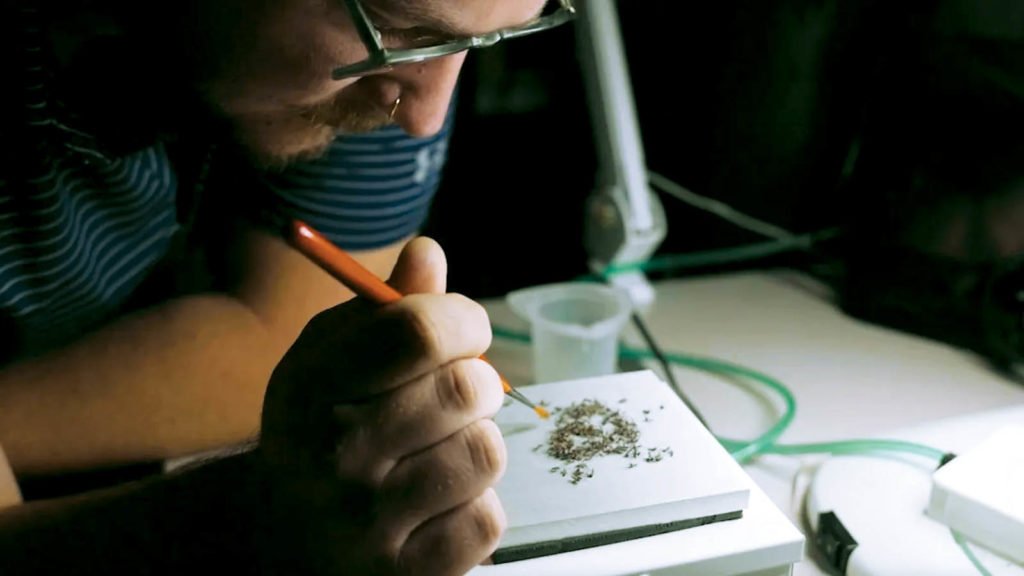
Researchers at Auburn University’s College of Agriculture, hope to confound one of the summer’s most annoying pests by developing a lightweight fabric that blocks mosquito bites while also being cool enough to wear during hot, humid weather.
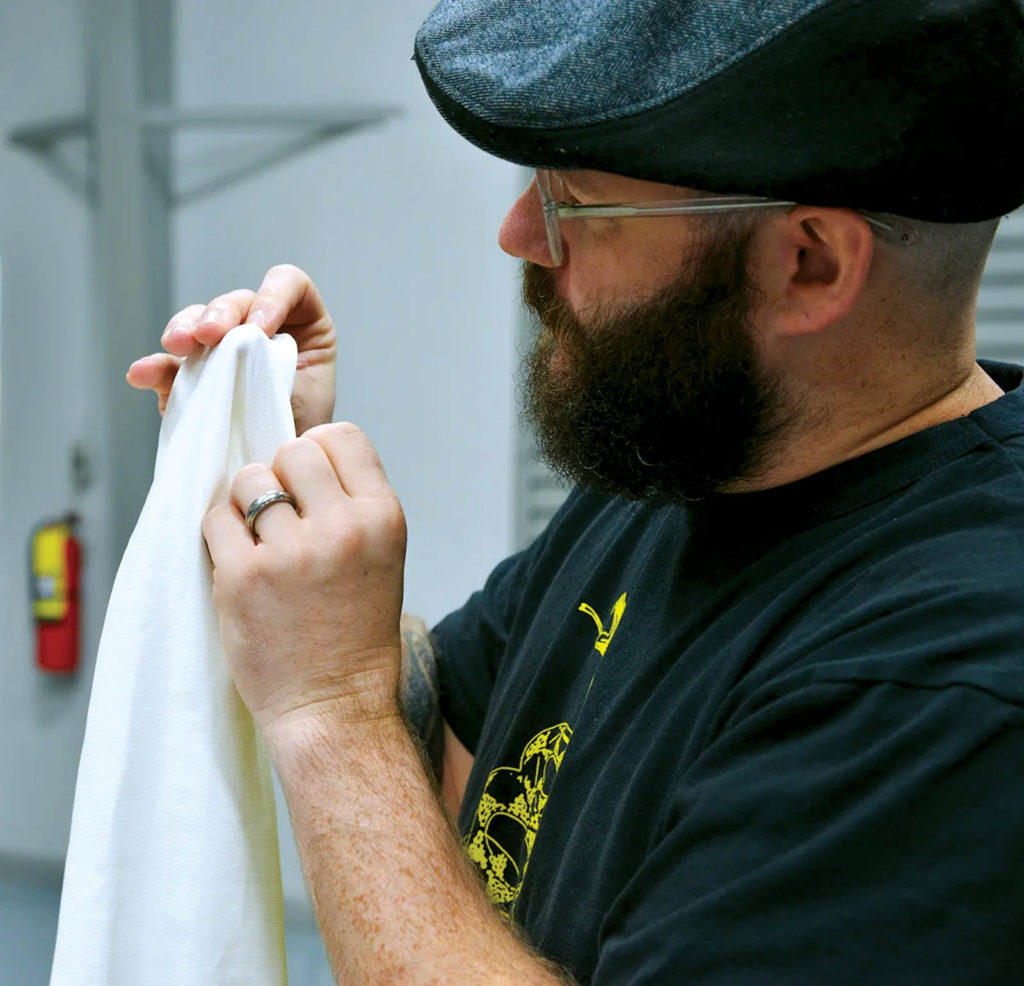
Most bite-resistant clothing currently on the market is either impregnated with pesticide or made with thick, nonbreathable fabrics that are hot to wear, yet still easy for the insects to overcome.
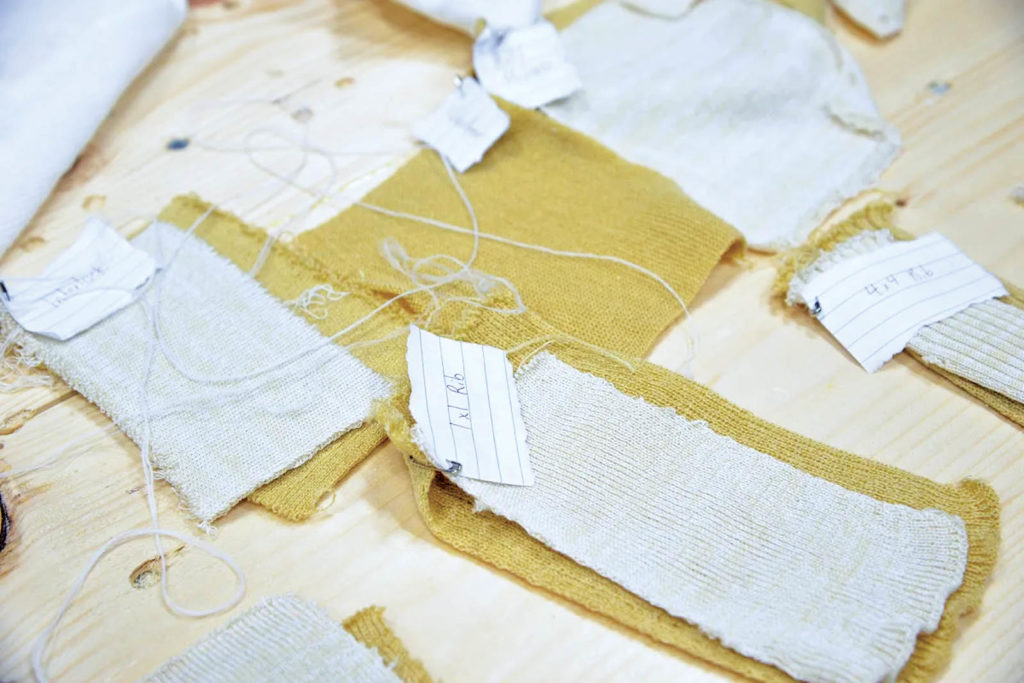
“Clothing is constructed by taking a linear fiber and essentially weaving it over another fiber, or by looping loops, as in knitting,” says lead researcher John Beckmann. “Both these processes leave microscopic holes. Every one of those holes is far larger than the mosquito’s proboscis. So it’s actually very easy for them to bite through even supposedly mosquito-resistant clothing.”
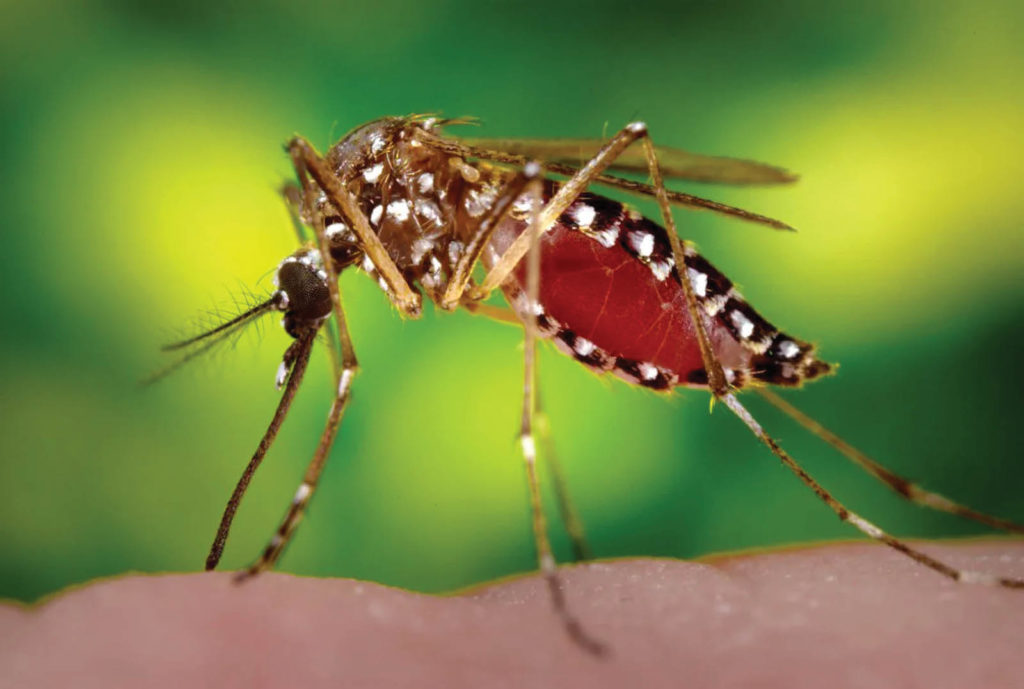
While the solution to the problem seems simple—find a way to eliminate the holes, or at least make them smaller than a mosquito’s proboscis—that’s more easily said than done. Fabric breathability requires holes. “That is the precise reason this project is not as easy as people think,” Beckmann says. “You obviously need your clothes to be breathable. Paradoxically, that usually comes at the cost of letting mosquitoes bite through them.”
A CNC knitting machine solved the problem by producing a fine-resolution fabric that can’t be achieved with traditional weaving.
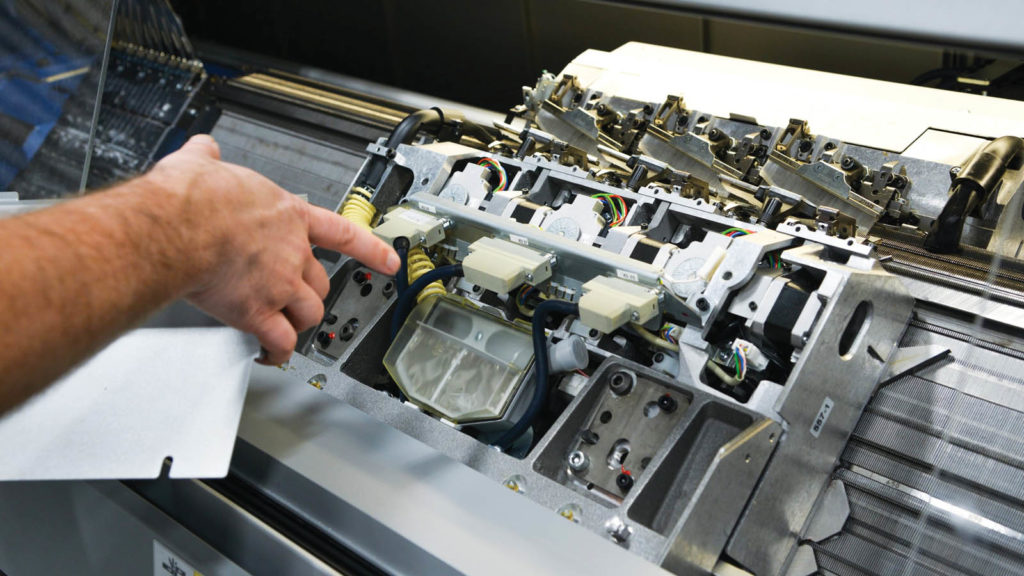
The research team tests its results against a variety of mosquito species, hoping for a “one size fits all” approach that can resist multiple types. In the U.S. alone, that means 176 known species, while there are more than 3,000 species worldwide.
After a year of testing, the team has developed a fabric that foils mosquitoes but is not yet as comfortable as they would like. The next step is to make it more breathable and cooler to wear.
 TEXTILES.ORG
TEXTILES.ORG


